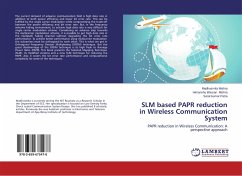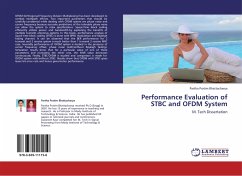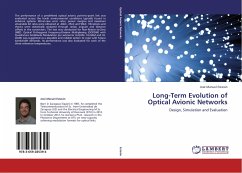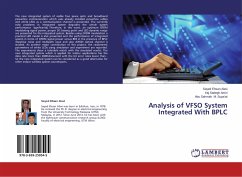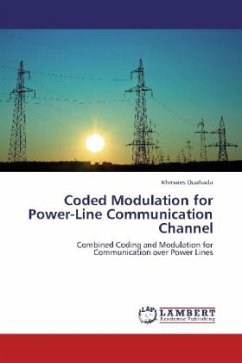MIMO-OFDM transmission systems provide a high spectral efficiency, robustness in the frequency selective channels and flexibility in the resource allocation. However, like a single-input single output (SISO) OFDM systems, similarly MIMO-OFDM has one main drawback i.e. high sensitivity to the nonlinearities in RF front-ends due to the large envelope fluctuation of OFDM-based signals. When a nonlinear high power amplifier (HPA) is used, large back-off is necessary to avoid strong nonlinear distortion causing performance degradation. On the other hand, when the HPA is operating in the linear region, the power efficiency is low. To avoid nonlinear distortion transmitter-side or receiver-side solution can be employed with advantage. Here, a transmitter-side method based on using the tone reservation technique is proposed for the space-frequency block coded (SFBC) OFDM systems with three and more transmit antennas. Then, new receiver-side iterative method for the detection of nonlinearly distorted symbols received by the receiver of SFBC-OFDM transmission system is designed.


